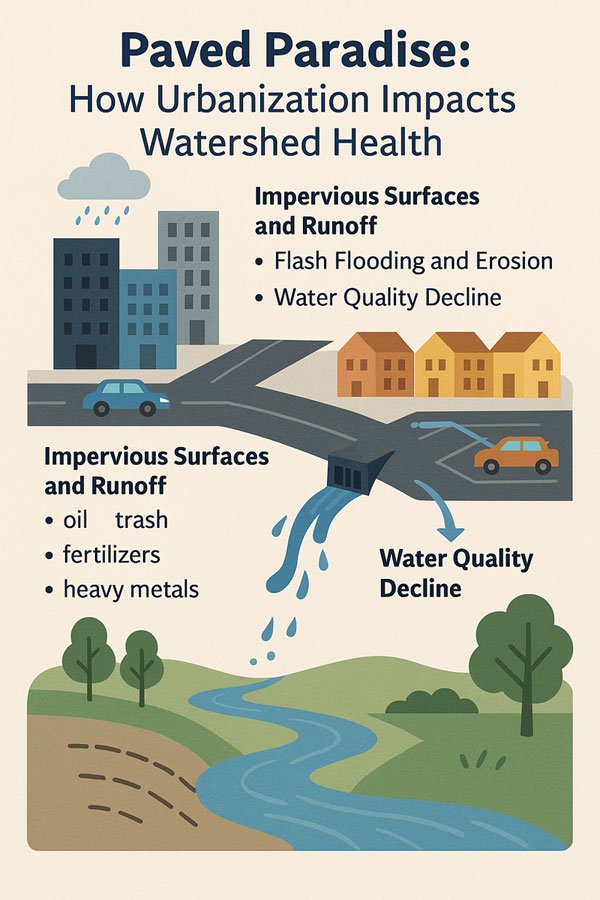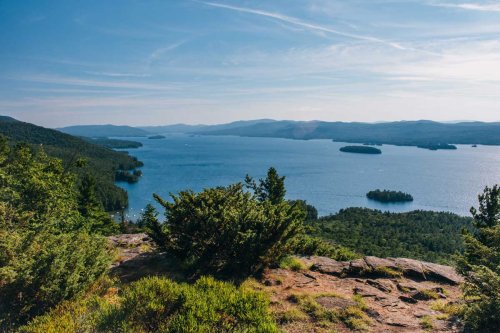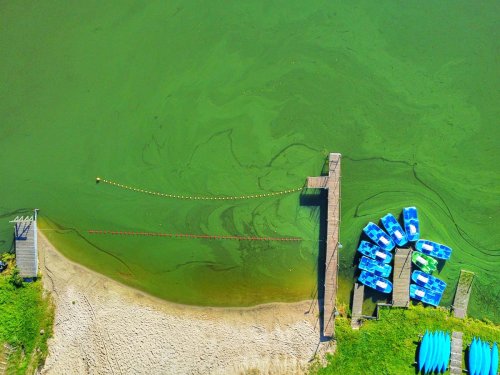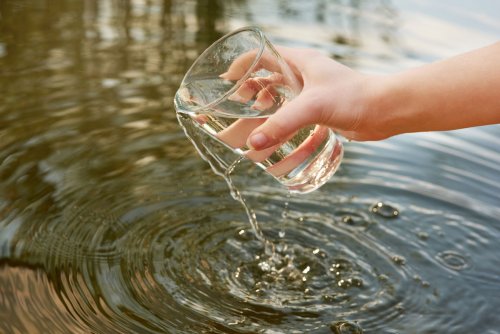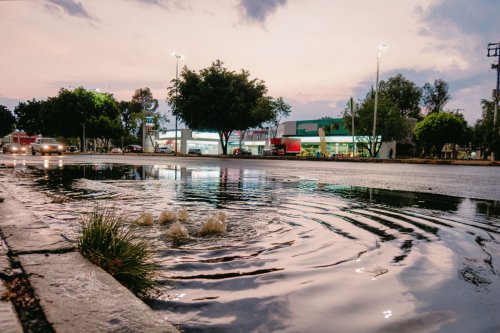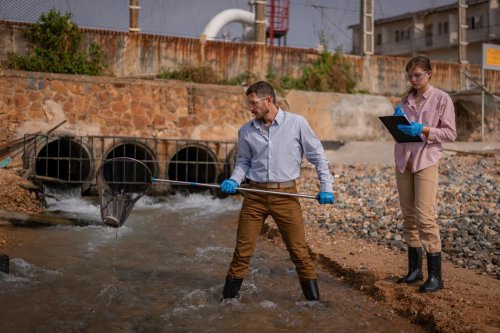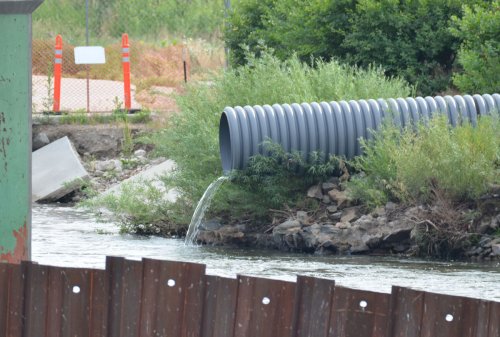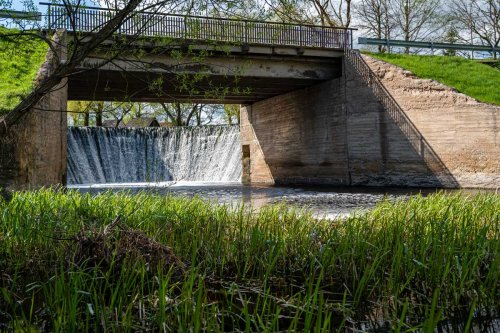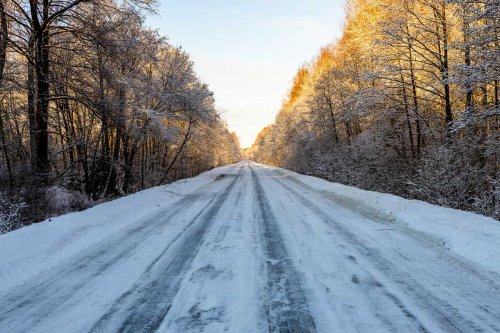What Is a Soil and Water Conservation District and What Role Do They Serve?
Soil and Water Conservation Districts are a quiet force for good in our communities. With their combination of scientific knowledge, on-the-ground experience, and local governance, they help ensure that natural resources are used wisely and preserved responsibly. If you’re undertaking a project that affects land or water, don’t overlook the value of reaching out to your local SWCD. They're there to help.

Soil and Water Conservation Districts (SWCDs) are local government entities established to protect and manage the natural resources within their jurisdiction; primarily focusing on soil health, water quality, and sustainable land use. Though the name may vary slightly from state to state, their mission remains the same: to assist communities, farmers, municipalities, and landowners in conserving natural resources for the benefit of current and future generations.
A Local Response to Environmental Stewardship
Most SWCDs were formed in response to the Dust Bowl era of the 1930s, when soil erosion and poor land management practices devastated large portions of the United States. Recognizing the need for grassroots solutions, the federal government encouraged states to form conservation districts operated at the local level. Today, there are nearly 3,000 conservation districts nationwide.
What Do They Do?
SWCDs serve as a bridge between landowners and state or federal conservation programs. Their role is both advisory and technical, helping implement conservation practices in a practical, cost-effective way. Services vary by district but often include:
Technical Assistance – Offering guidance on erosion control, stormwater management, agricultural best practices, and sustainable land use.
Permitting and Compliance – Assisting with permitting processes for culverts, ponds, drainage improvements, and streambank modifications.
Cost-Share Programs – Helping landowners access state or federal funding to offset the costs of conservation work like cover cropping, buffer strip installation, or fencing.
Education and Outreach – Providing workshops, school programs, and public events focused on soil health, water conservation, and environmental stewardship.
Watershed Protection – Participating in local watershed planning and restoration projects to improve water quality and mitigate flooding.
MS4 Compliance Support – In communities subject to Municipal Separate Storm Sewer System (MS4) regulations, SWCDs often assist with mapping, recordkeeping, and planning related to stormwater infrastructure.
Why It Matters
Soil and water are two of our most critical, and vulnerable, natural resources. Without healthy soil, food production suffers; without clean water, communities and ecosystems falter. SWCDs play a vital role in protecting both by promoting responsible land management and supporting conservation efforts at the ground level.
Whether you're a farmer looking to reduce runoff, a town highway department installing new drainage infrastructure, or a landowner managing your forested acreage, your local SWCD can be a valuable partner. In fact, in many cases, such as culvert installations, stream crossings, or wetland work, contacting your Soil and Water Conservation District isn’t just helpful, it’s often required for permitting and regulatory compliance.
Soil and Water Conservation Districts are a quiet force for good in our communities. With their combination of scientific knowledge, on-the-ground experience, and local governance, they help ensure that natural resources are used wisely and preserved responsibly. If you’re undertaking a project that affects land or water, don’t overlook the value of reaching out to your local SWCD. They're there to help.


